The Top 10 Cotton-Producing Countries in the World
Cotton has revolutionized the world and it has become one of the most important staples. It is a fluffy fiber plant that can be turned into all types of fabric. Cotton originates in tropical or subtropical areas throughout the world, which includes North and South America, Asia, and Africa. Cotton was used as fabric as far back as 4200 B.C. in Peru. Now, the uses in fabric are broad and it’s a plant that is heavily distributed throughout the world. Overall, about 25 million metric tons of cotton are produced every year.
Let’s explore the top 10 cotton-producing countries. These countries are diverse and located all over the world.
1. China
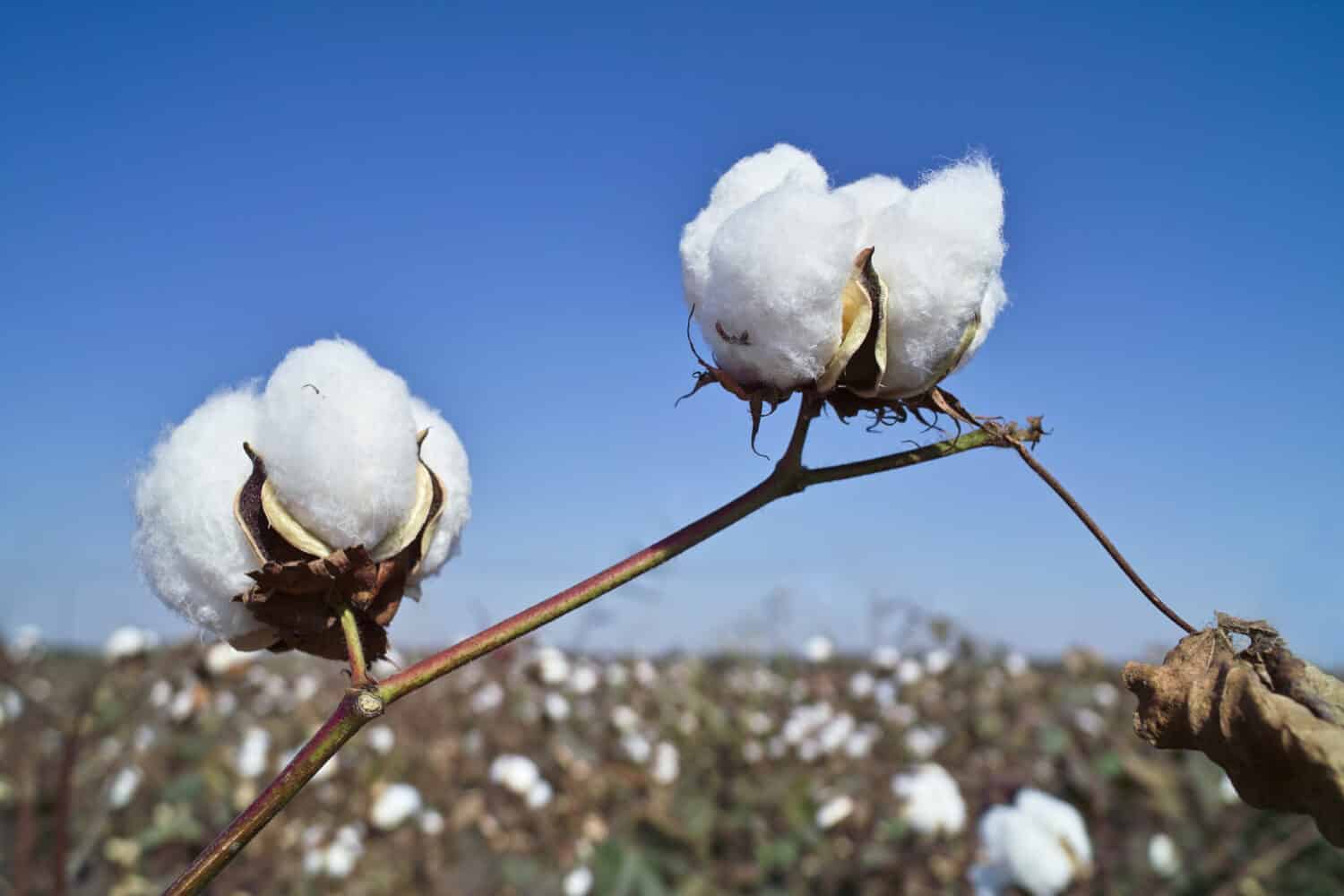
©zhuda/Shutterstock.com
China has produced cotton since it was first discovered in the region of what is now Yunnan in 200 B.C. Today, China leads the world in cotton production. The Xinjiang region, as well as the Yangtze River region and the Huang-Huai region, are where China produces most of its cotton. There has been a shift in historical producing regions in China that has paved the way for the Xinjiang region to be the dominant force in cotton production. The US has recently banned imports of cotton from the Xinjiang region that uses forced labor, which means that most cotton produced in Xinjiang is banned.
2. India
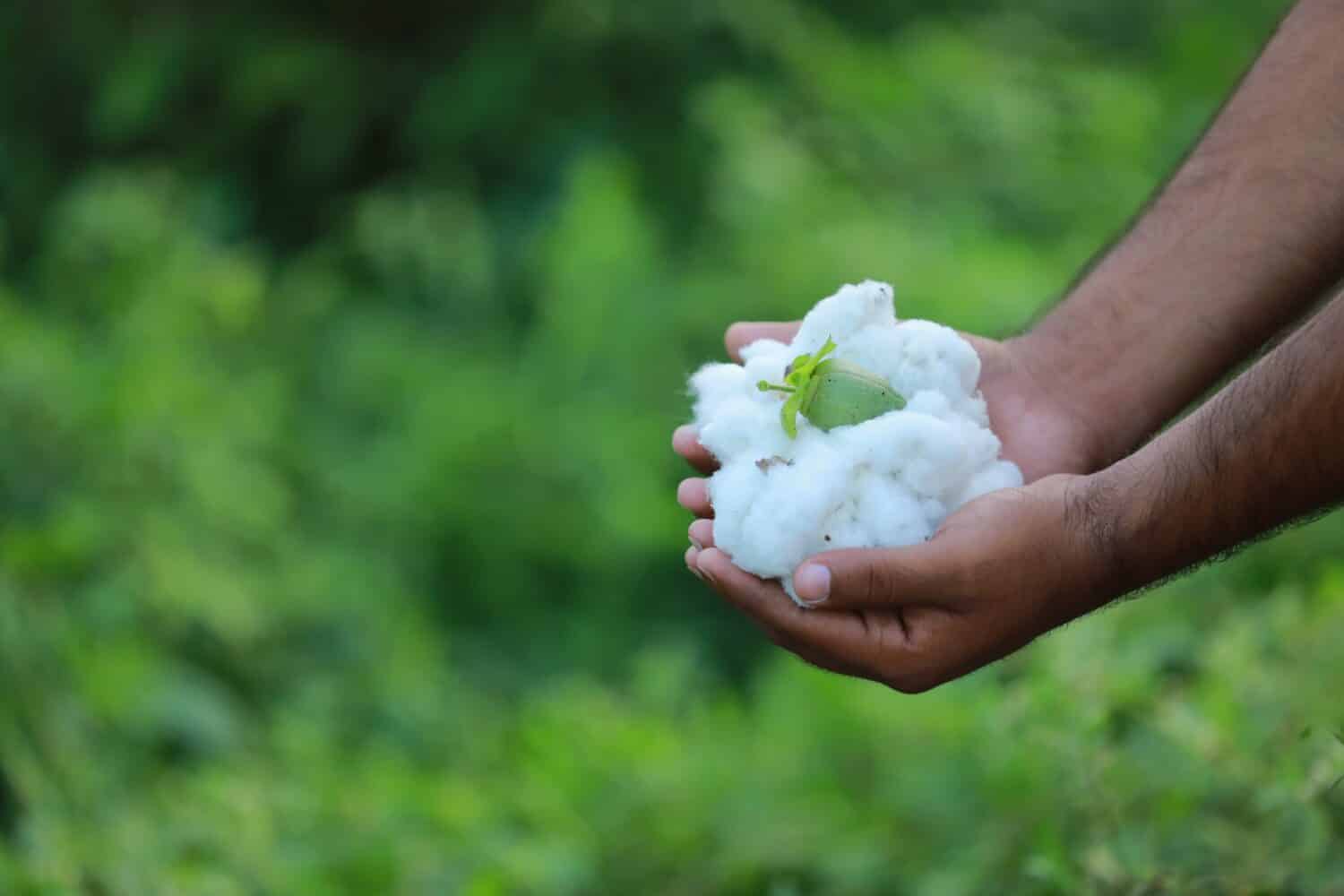
©SDV Photography/Shutterstock.com
The country of India is a leading cotton producer in the world. About 6 million farmers and a whopping 50 million people rely on cotton production for their livelihood. It is an industry that has risen dramatically in the last few decades thanks to machinery and technological advancements. There has been a worry in recent months because cotton production in the past year has taken a nosedive in India as the pink bollworm ravages through the crop. They have not had much luck eliminating the pest, but hopefully, they can control the pink bollworm infestation soon.
3. United States
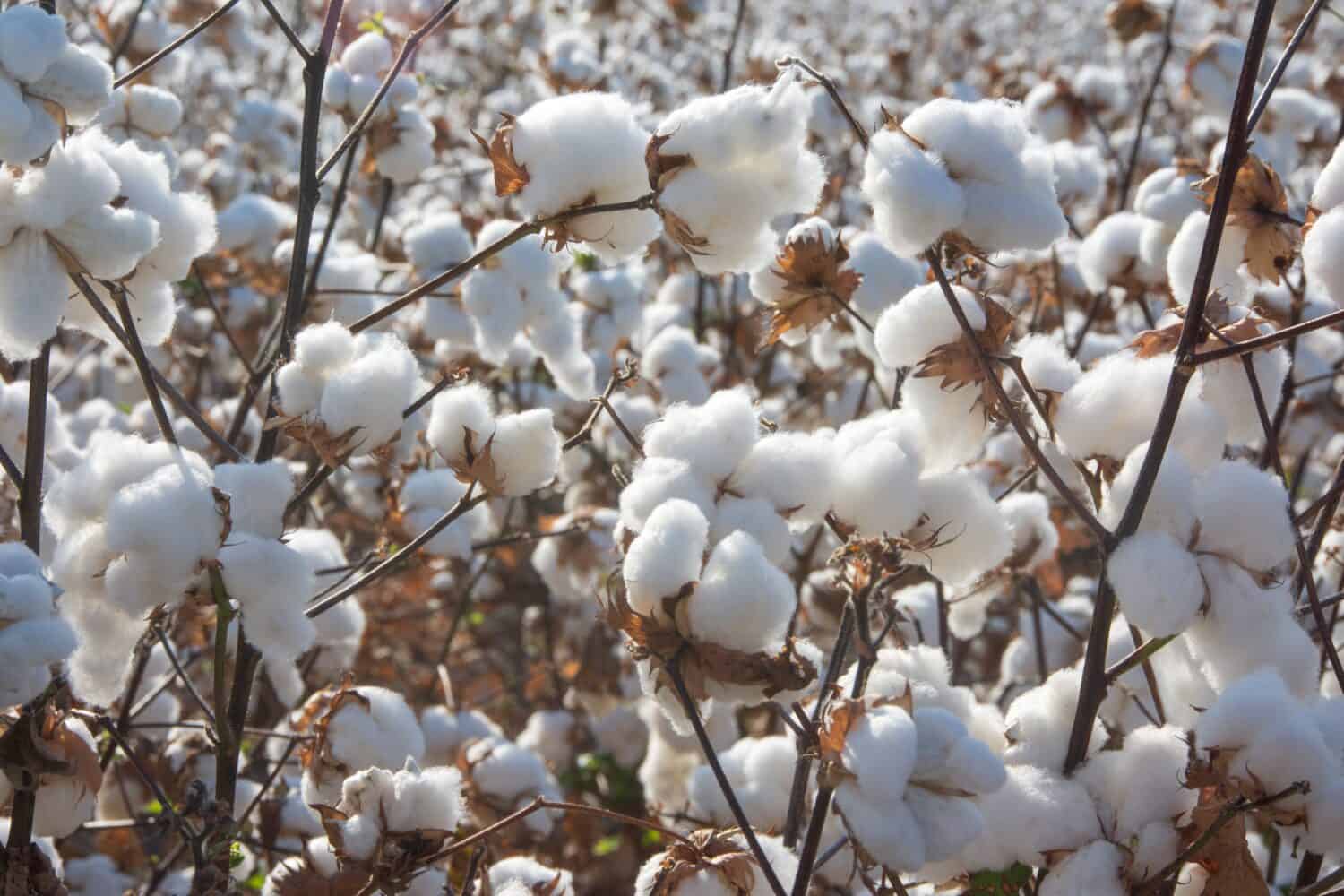
©Diana Borden/Shutterstock.com
The US is the largest exporter of cotton in the entire world, however, it ranks third in cotton production. The United States exports its cotton mainly to Honduras and Mexico, among other countries. Most of the cotton produced is concentrated in the southern states of the country, mainly California, Texas, Arkansas, Mississippi, Louisiana, and Arizona. Cotton has a dark history in the US as white slave owners in the South used black slaves to pick cotton.
4. Brazil
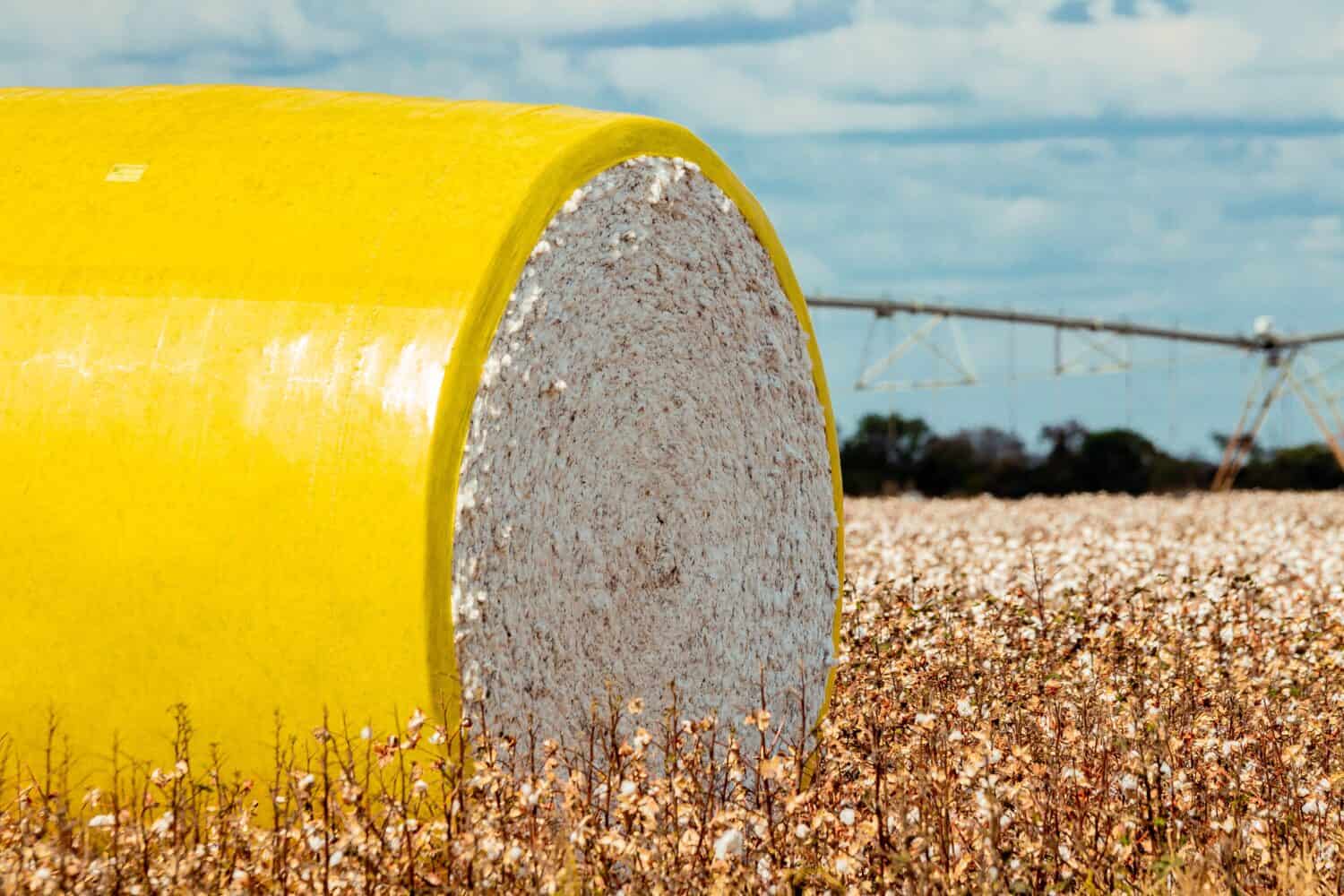
©LeuCesar/Shutterstock.com
Over the past few decades, Brazil has steadily increased cotton production. The amount of rainfall in Brazil made the country a leading agricultural producer including cotton. Over 92% of the South American country’s cotton production is grown with rainwater. The big reason for their drastic increase in production of cotton and other crops is because of that rainfall, farmers can double crop. When one is ready to be harvested, another is planted immediately. Brazil is now the second-largest exporter of the cash crop.
5. Australia
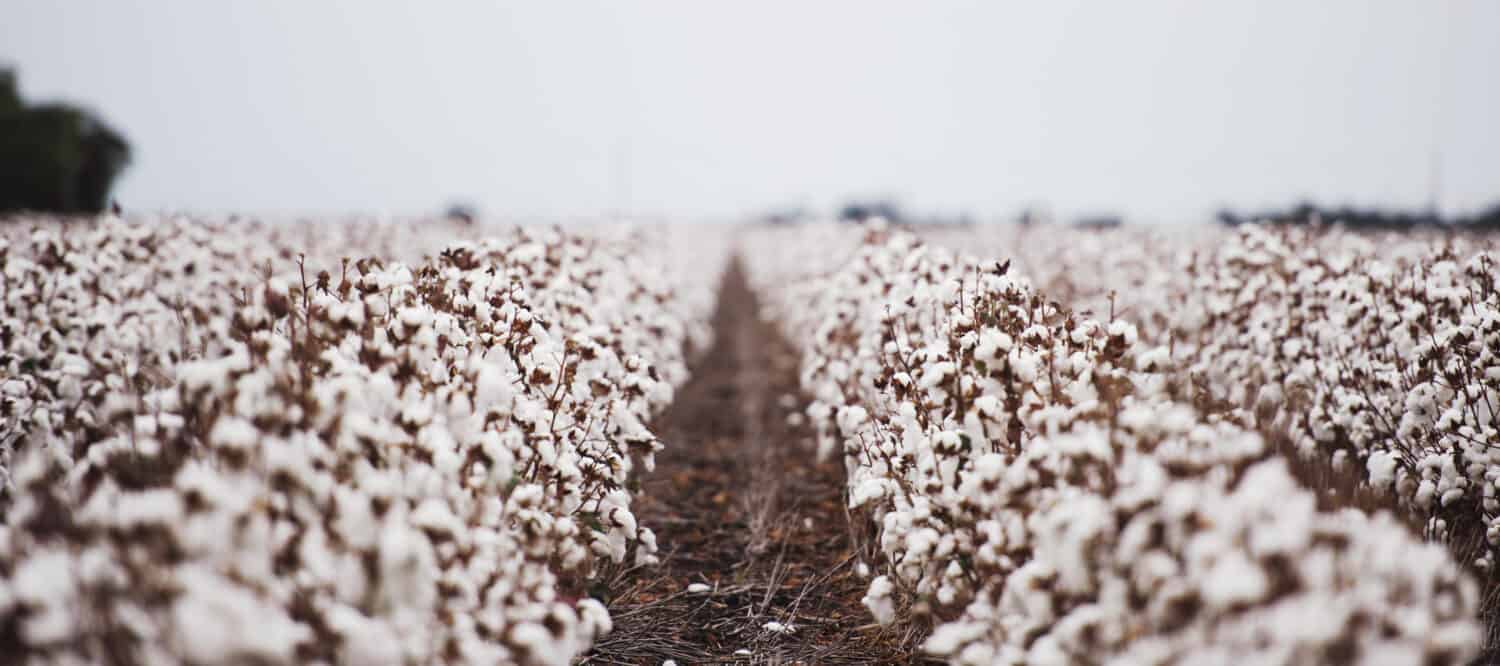
©Rob D the Pastry Chef/Shutterstock.com
The Murray-Darling basin, located in the southeastern area of Australia, is a dominant force in the country’s cotton production. They churn out over 90% of Australia’s cotton production, with 60% being produced in New South Wales. Historically, cotton has been one of the leading crops in the Oceanic nation. In recent years, the nation’s production has declined, but it is expected to have a rebound. Australia’s growing season usually starts in the autumn and harvesting is in the springtime.









